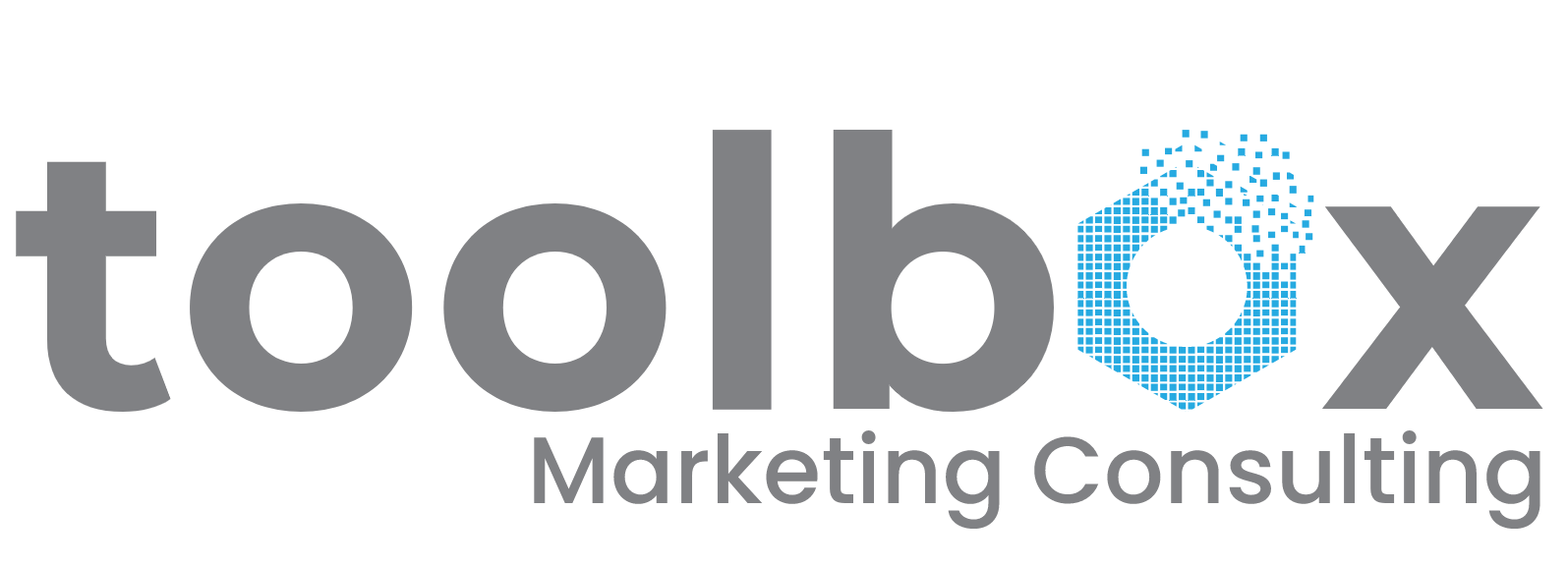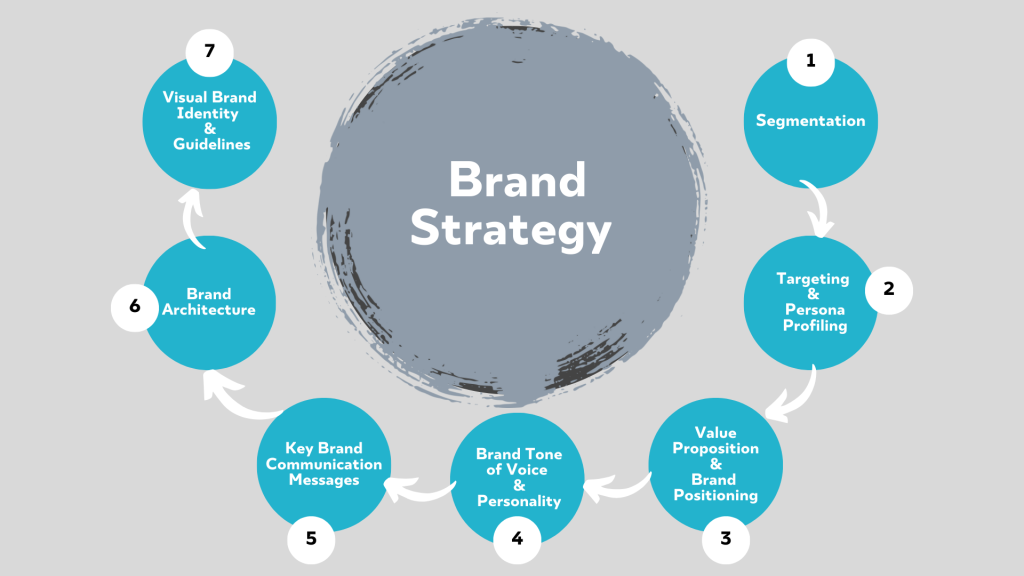Top 5 Digital Transformation Trends In Education For 2019

Let’s face it: the education sector—especially K-12 public school systems—aren’t usually the earliest adopters of new technology. Despite the fact that they’re equipping our children for the future, they don’t always move the fastest to get there. For that reason, digital transformation trends in education typically move a bit slower than some other industries. Still, that doesn’t mean they aren’t happening.
Last year we took a look at the top digital transformation trends in several industries, including education, and this year we’re revisiting those industries to see how much they’re expected to change in 2019. My top picks for digital transformation trends in education this coming year are below.
Augmented Reality / Virtual Reality
While I don’t know of any schools taking weeklong virtual field trips to Egypt just yet, I do think we’ll start to see some growing interest in using AR and VR to help students “experience” things like history, travel, and even STEM program development in the coming year. Products like Google Expeditions are aiming to make classroom AR more attainable, with a wide range of experiences available via simple phone apps. Indeed, Expeditions already offers some 900 different expeditions, including visits to the Louvre and Mt. Everest. These are the types of things that can keep our students engaged and excited about learning into the future. I anticipate we’ll be seeing a lot more interest in AR/VR learning apps—free or affordable—in the coming year.
Personalized Learning
I have a friend whose two sons are both dyslexic. She found out after years of frustration—trying to understand why their cognitive abilities were so high and their grades were so low. One of the cool things about technology today is that it allows for more personal learning experiences to help kids who have dyslexia or other conditions that cause them to learn differently. For instance, tech like Dragon Speak helps dyslexic students “write” their papers by voice, ensuring that their answers are not limited by their ability to spell or write. In addition, they’re able to learn via audio books, rather than moving slowly through text ones. Considering nearly 20 percent of the population suffers from dyslexia, this is huge. In terms of digital transformation trends in education, this could be a game changer for those kids needing personalized learning moving forward.





